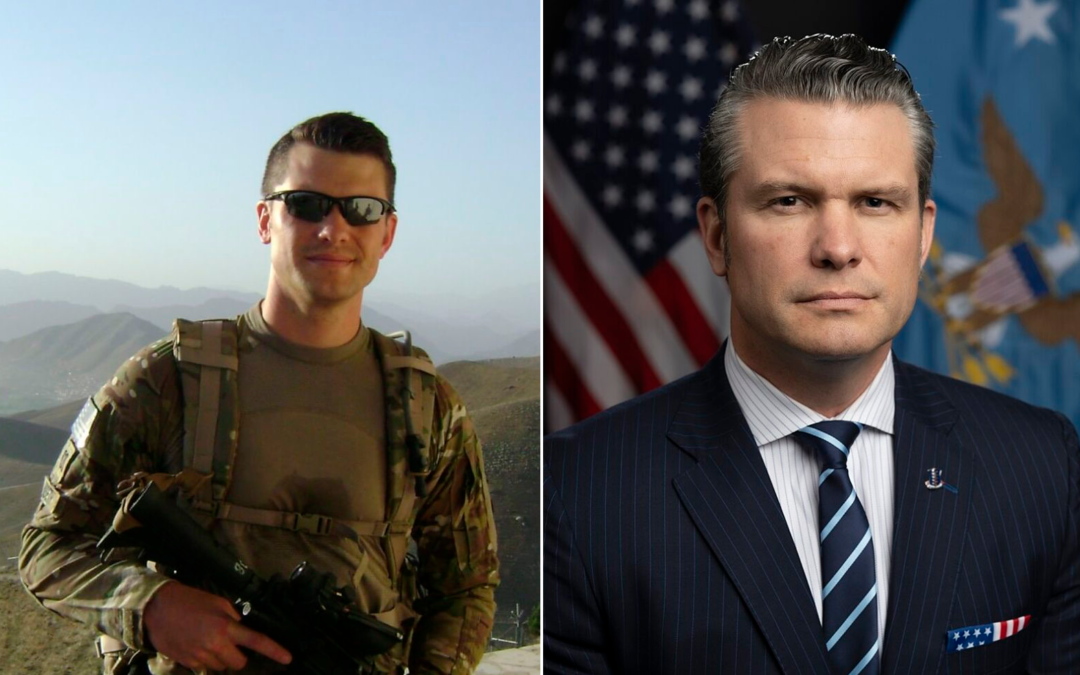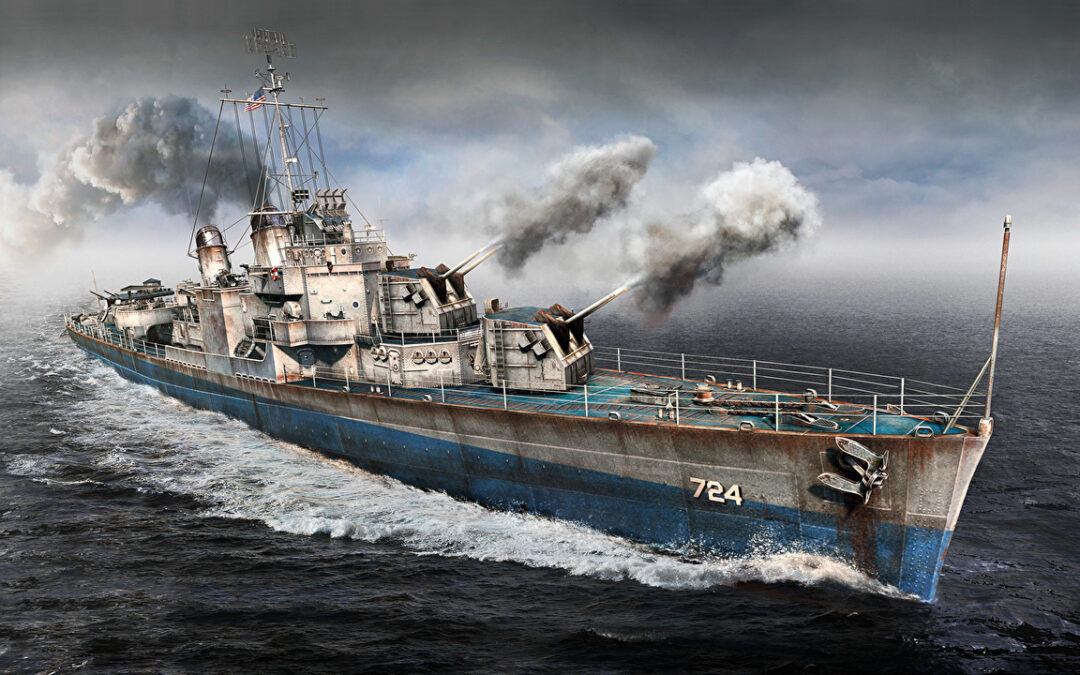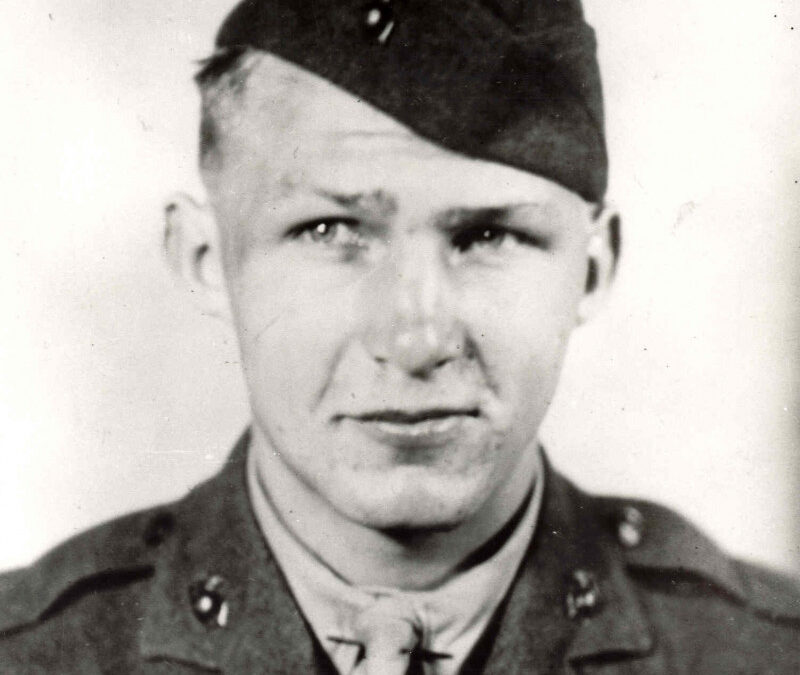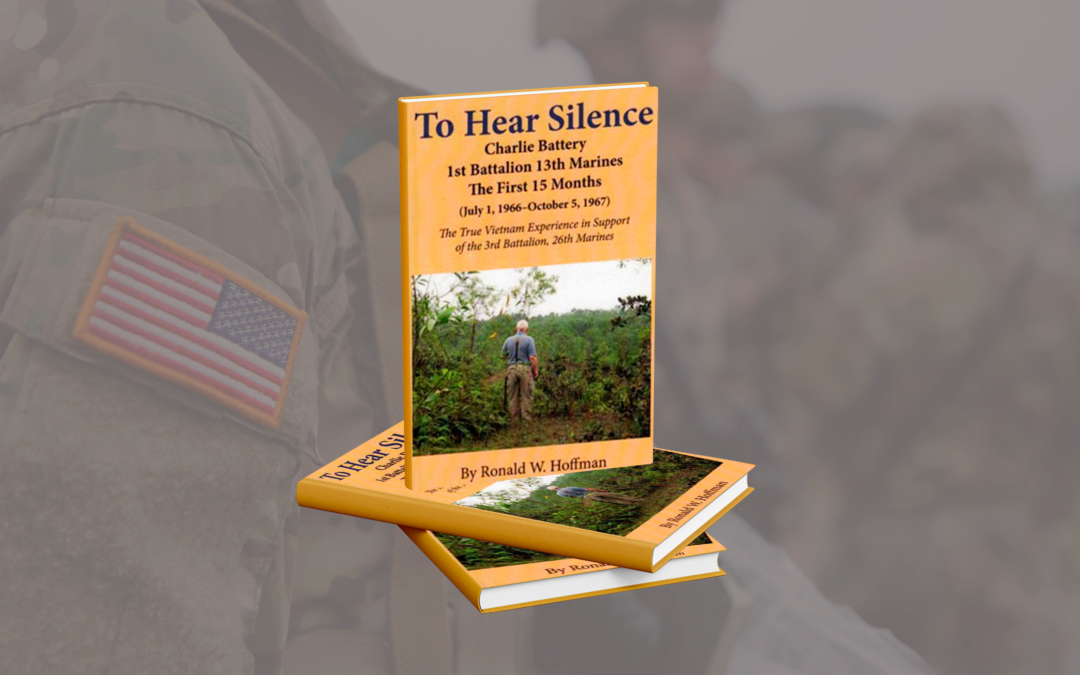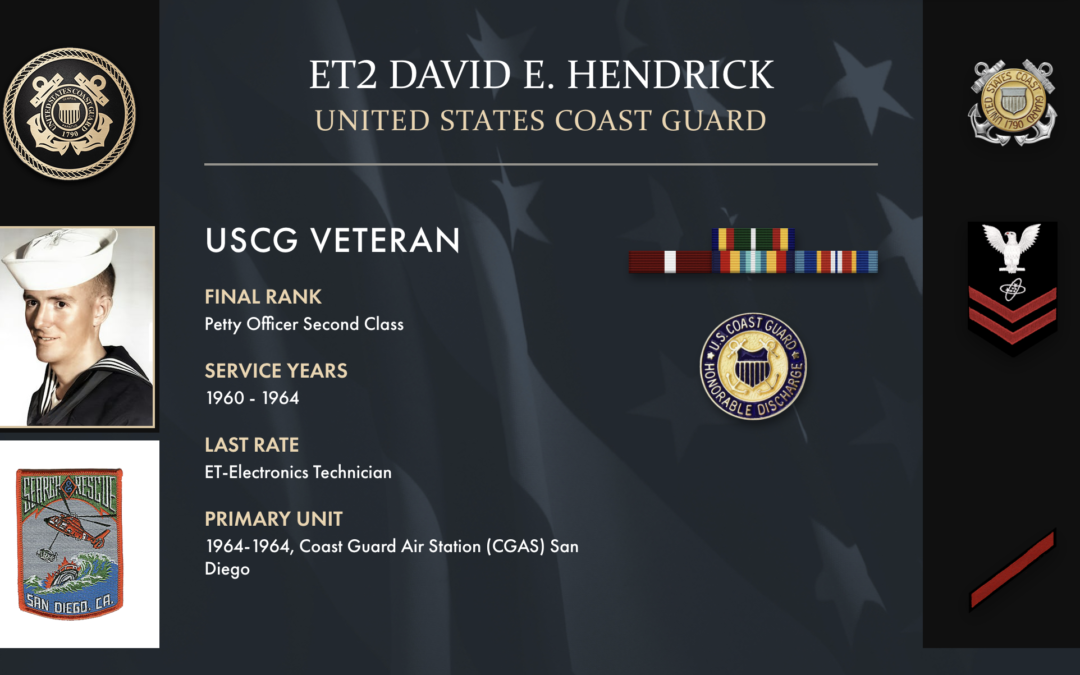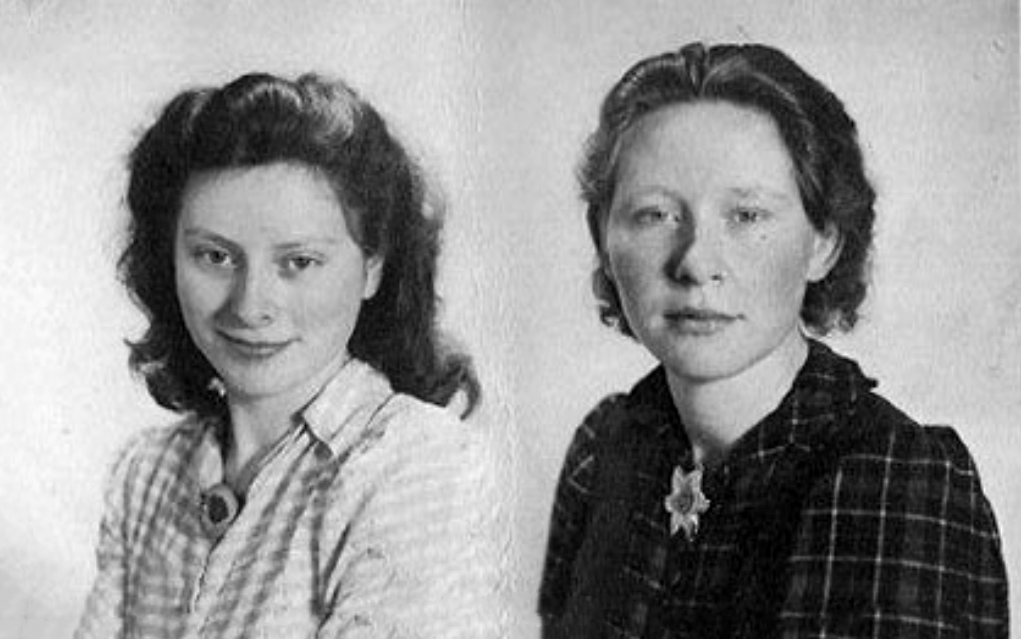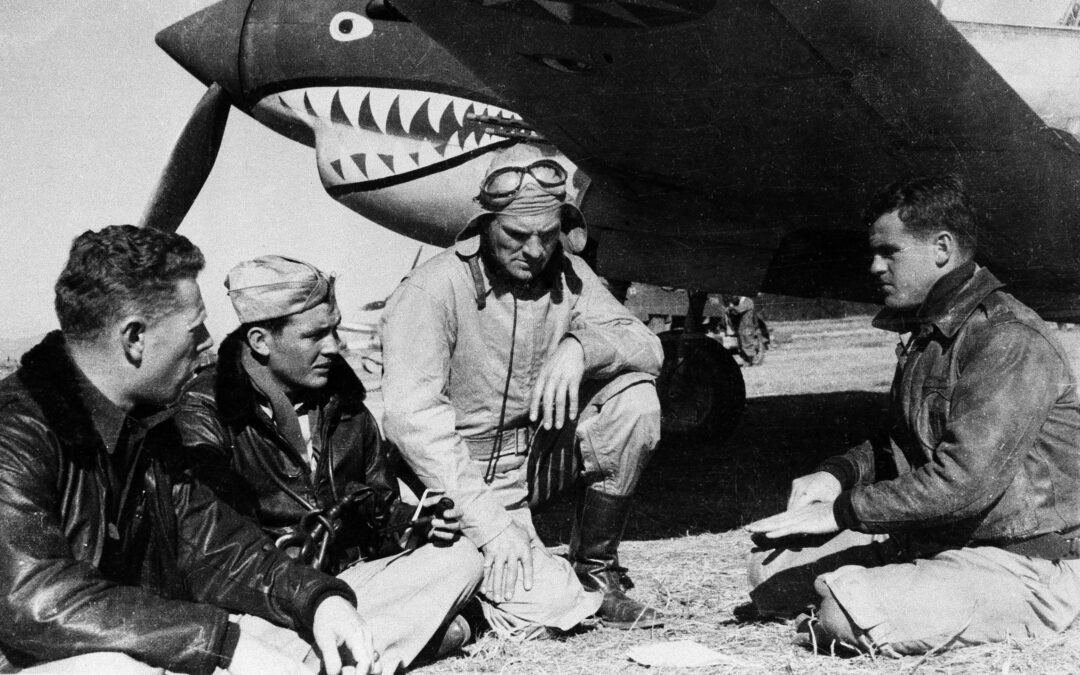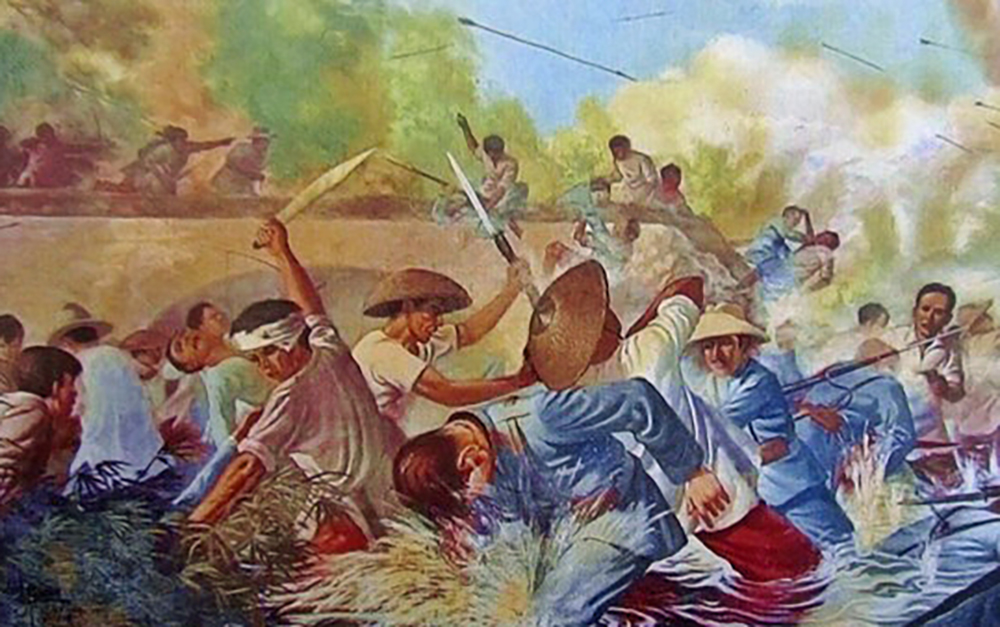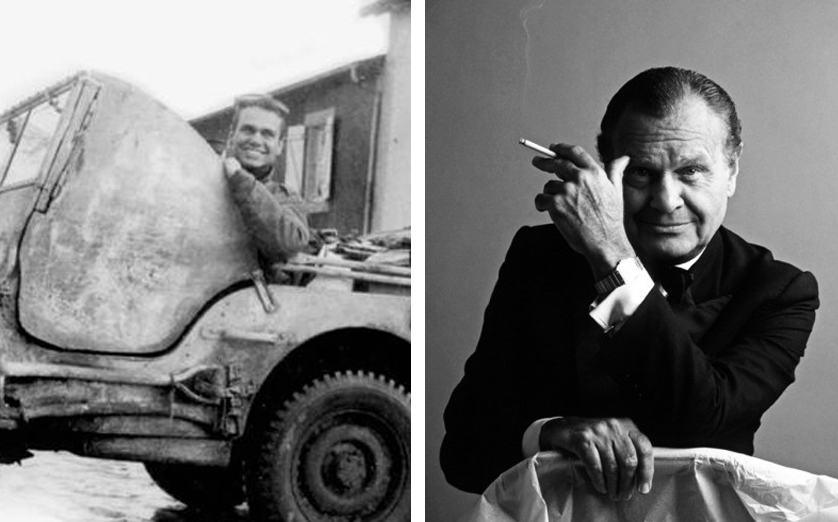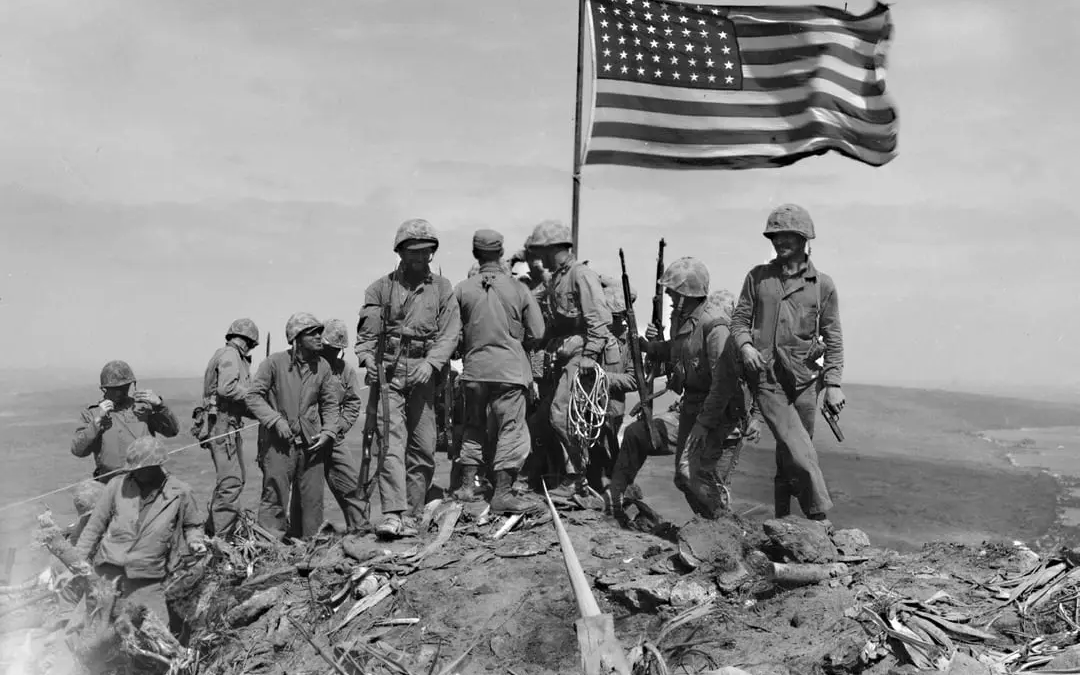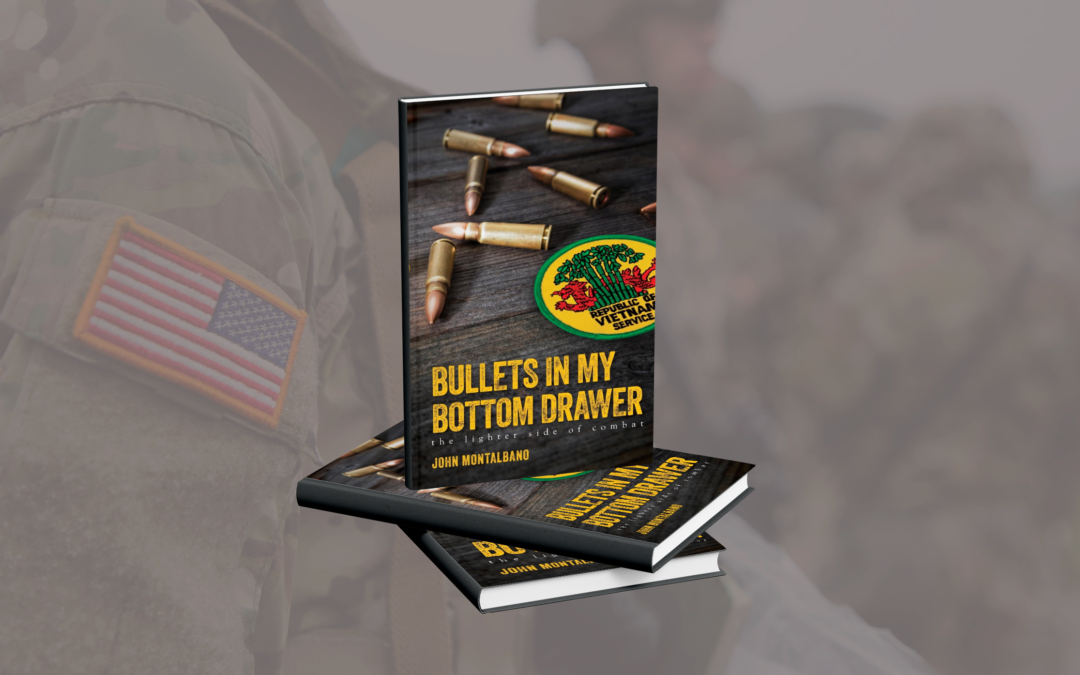Pete Hegseth's military career is a testament to the dedication and service of America's citizen-soldiers. From his early days as a Princeton graduate to his current role as the 29th United States Secretary of Defense, Hegseth's journey exemplifies the spirit of the National Guard and the impact of military service on public leadership. His experiences in Guantanamo Bay, Iraq, and Afghanistan have shaped his perspective on national security and military readiness, bringing a unique blend of frontline experience to the Pentagon's highest office. Let’s take a closer look at Pete Hegseth’s education, military service, and journey to his nomination for Secretary of Defense. Pete Hegseth’s Early Years and Education Peter Brian Hegseth was born on June 6, 1980, in Minnesota. He was the first child of Brian and Penelope "Penny" Hegseth. Brian was a basketball coach for high schools across Minnesota before retiring in 2019, while Penny is an executive business coach who has taught with the...
